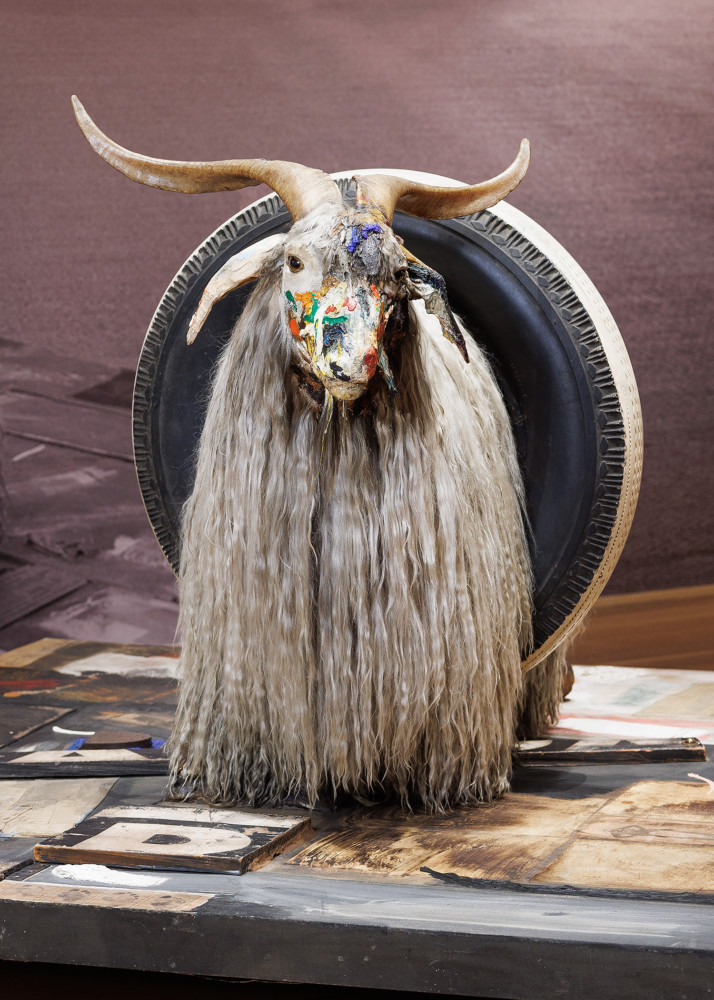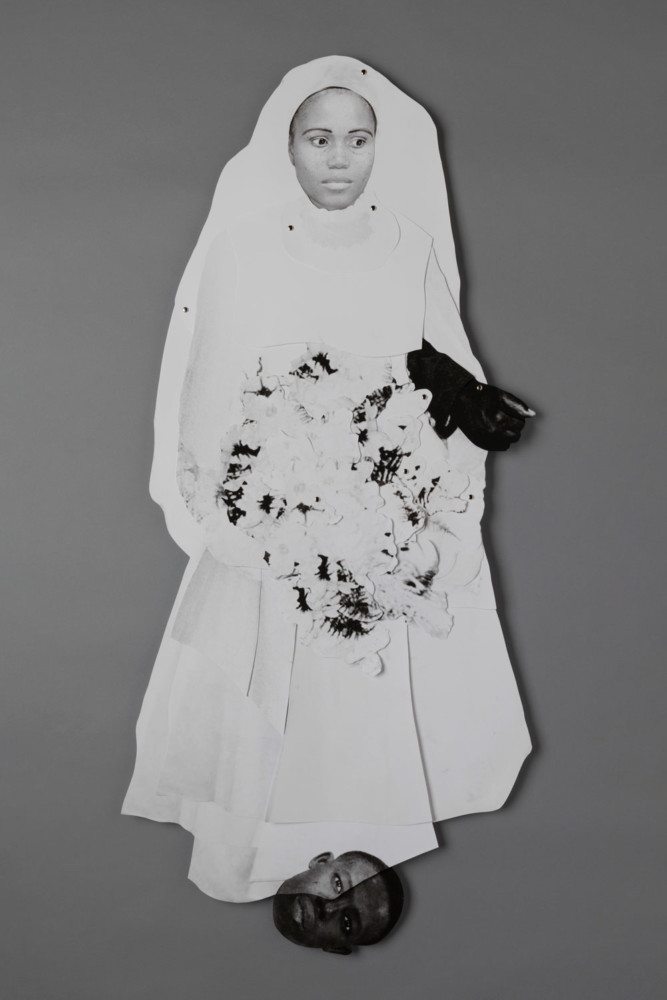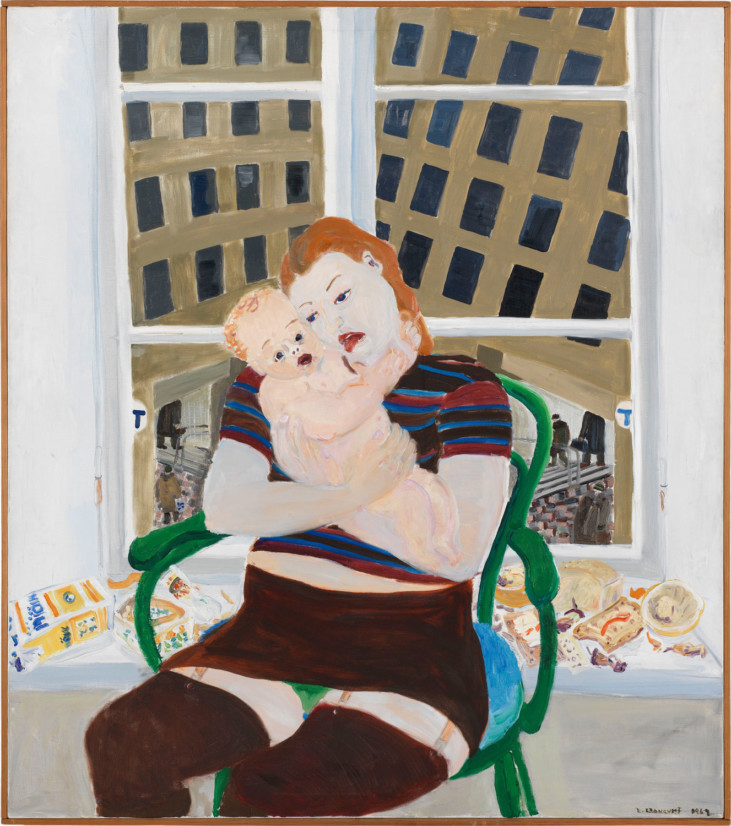
Monica Sjöö, Cosmos Within Her Womb, 1971 © Toivo Finn. Photo: Albin Dahlström/Moderna Museet
9.11 2010
The Second Museum of Our Wishes: Monica Sjöö
Sjöö’s imagery is grounded within the female body and nature, which had been excluded from early Swedish art history, where the focus was on a more abstract modernistic expressionism. Her work could also be seen as a criticism of patriarchal society. Even if the 1970s was considered the decade of woman’s liberation, in 1973 Sjöö barely escaped being prosecuted for her painting God Giving Birth (1968) when it was exhibited in England. Her works were not only political but were also viewed as obscene. Today they are seen as feminist icons. During her fifty years as an artist, writer, philosopher and lecturer Monica Sjöö took part in many different activities and events in Europe and the USA.
Together with Barbara Mor, Monica Sjöö wrote The Ancient Religion of the Great Cosmic Mother of All (1981), which has been described as feminist politics. But in her writing, Sjöö takes more of a philosophical standpoint, where she views historical and archaeological documentation from another perspective, singling out the culture of matriarchy beginning with the Neolithic period. In New Age and Armageddon: The Goddess or the Gurus? Towards a Feminist Vision of the Future (1992), she takes a critical view of the so-called New Age movement and its focus on destructive self-denial, a characteristic of patriarchal structures. Monica Sjöö is an intellectual observer and theorist rather than religious, even if her belief in the goddess was deeply personal. During her entire artistic life, she continued to do research in the fi eld of archaeology and goddess religions. Uteruses and vulvas, rooms and openings are the symbols and signs of her saturated world of images. Her works are monumental in composition, with large volumes and generous surfaces, as can be seen, for example, in her murals. In the simple forms and fi gures that populate her wordless tales, you can fi nd a streak of naive imagery. Women, goddesses, caves, stone circles, birds, suns and moons are varied and combined from the same thematic structure: mother–earth.
In Cosmos within Her Womb from 1971, two schematically drawn eyes gaze straight at the observer in the upper part of the painting. The pupils are empty holes but in the oval rounding of the body there is an all-seeing eye painted. From it a cone of light radiates down towards a globe which is surrounded by a spherical light against a background of blue sky. Outside the ovals two more globes are visible, which are in darker shades and are in free suspension within an exterior sphere. Black, grey, blue and white form the cosmos of the uterus, an antithesis to the chaos of the world. The painting was inspired by the grave of a child who had been buried under a slab of rock during the Stone Age, some 10,000 years ago. Monica Sjöö creates the female as the primeval mother and thus directly linked to the origins of everything.
Monica Sjöö born 1938, Härnösand, Sweden – dead 2005.
Read about The Second Museum of Our Wishes
Published 9 November 2010 · Updated 25 February 2016




















